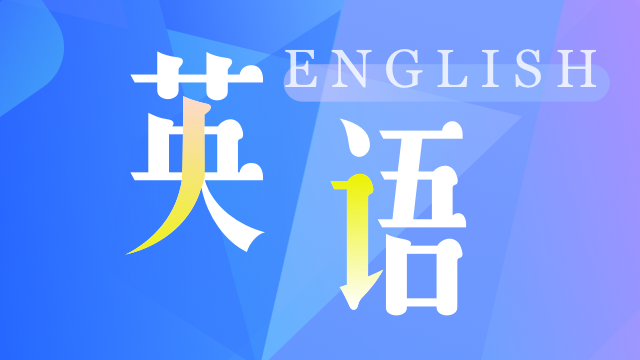牛津博客词汇辨析:that & which
作者:沪江英语
来源:牛津词典
2016-07-08 10:40
Do you sometimes wonder whether to use that or which in a sentence? In many cases, in British English, both words are equally correct.
你是不是经常想要弄明白that和which在句中有什么区别?在英式英语中的一些使用场景中,这两个词都是正确的。
✓She held out the hand which was hurt.
✓She held out the hand that was hurt.
她伸出那只受伤的手。
In these sentences, that and which are introducing what’s known as a restrictive relative clause. This is a clause containing essential information about the noun that comes before it. If you leave out this type of clause, the meaning of the sentence is affected –indeed, it will probably not make much sense at all. Restrictive relative clauses can be introduced by that, which, whose, who, or whom.
在上面两个句子中,that和which用于连接限定性定语从句。限定性定语从句用于修饰主句中的某个名词性成分。如果去掉限定性定语从句,那么句子的含义将受到影响(如:句子将失去原有的意义)。限定性定语从句可由that,which,who,whom连接。
The other type of relative clause is known as a non-restrictive relative clause. This kind of clause contains extra information that could be left out of the sentence without affecting the meaning or structure. Non-restrictive clauses can be introduced by which, whose, who, or whom, but you should never use that to introduce them. For example:
另外一种定语从句是非限定性定语从句。非限定性定语从句包含附加的信息,去掉从句部分对主句的含义和结构不构成影响。非限定性定语从句的关系词可以为which,whose,who和whom。但不可以使用that来连接非限定性定语从句,例如:
A list of contents would have made it easier to steer through the book, which also lacks a map.
一个目录列表使得概览这本书更容易,但这本书仍然缺少一个示意图。
She held out her hand, which Rob shook.
她伸出了手,这只手之前被罗伯摇动过。
Note that a non-restrictive clause is preceded by a comma (so as to set off the extra information), whereas no comma should precede a restrictive clause (indicating that the information is essential, not extra):
注意,非限定性定语从句之前有一个逗号(从而引出附加的信息),而限制性从句前没有逗号(说明从句信息是重要的,且不可以省略):
I bought a new dress, which I will be wearing to Jo's party. [non-restrictive]
我买了一条新裙子,我将穿着它参加乔的派对。[非限定性定语从句]
I was wearing the dress that I bought to wear to Jo's party. [restrictive]
我买了一条新裙子并将穿着它参加乔的派对。[限定性定语从句]
声明:本双语文章的中文翻译系沪江英语原创内容,转载请注明出处。中文翻译仅代表译者个人观点,仅供参考。如有不妥之处,欢迎指正。











